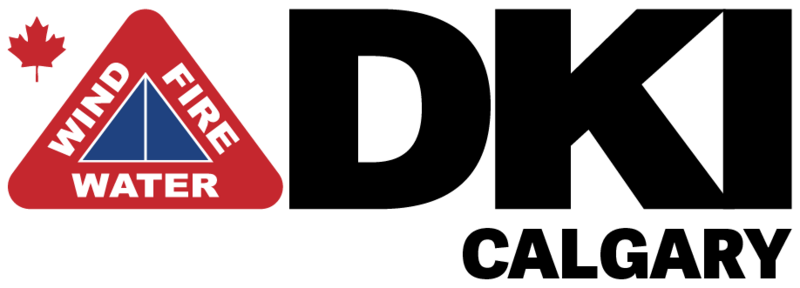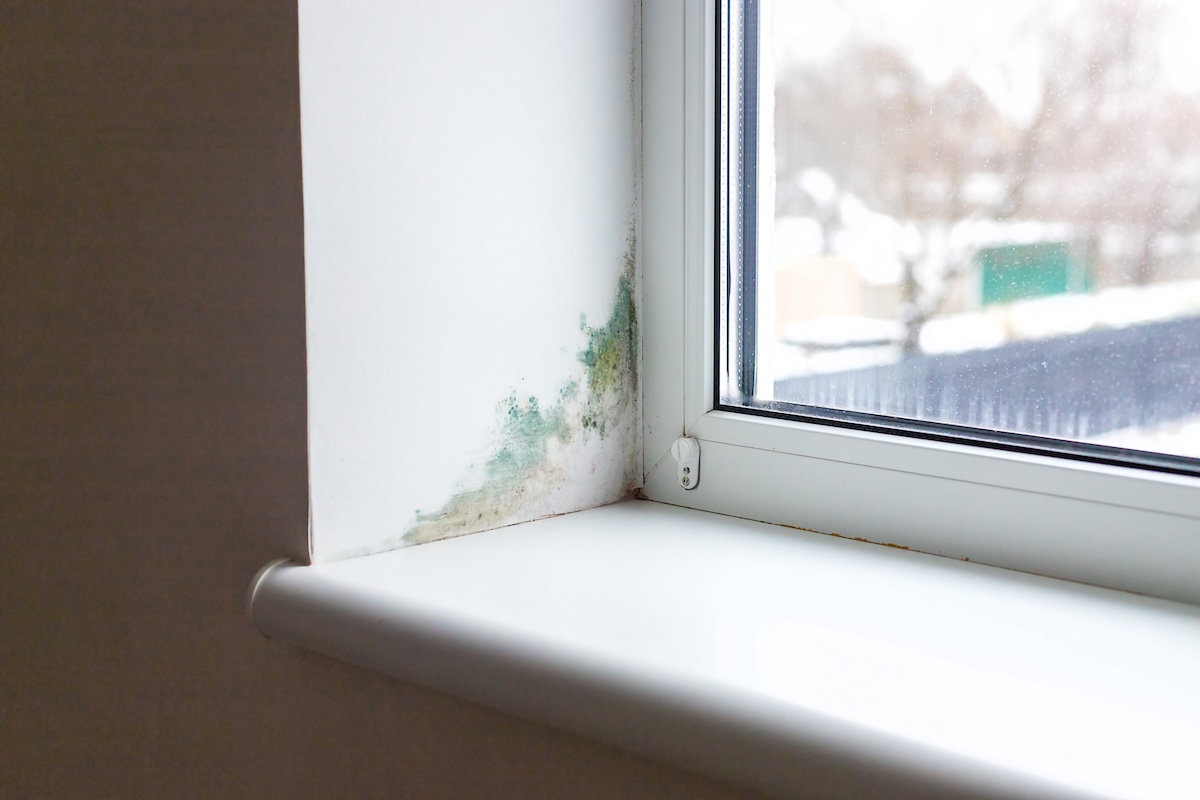Table of Contents
- Introduction: Why Mould Remediation Matters in Calgary
- What Is Mould? Understanding the Basics
- Why Mould Is a Problem: Health & Property Risks
- Common Types of Mould Found in Calgary Homes
- Black Mould (Stachybotrys)
- Aspergillus
- Cladosporium
- Penicillium
- Alternaria
- How to Identify Mould in Your Home
- Visual Signs
- Odour and Air Quality
- Hidden Mould in Walls, Attics, and Basements
- DIY Mould Testing vs. Professional Inspection
- When Mould Turns into an Emergency
- The Mould Remediation Process: Step-by-Step
- Step 1: Assessment & Containment
- Step 2: Removal & Cleaning
- Step 3: Drying & Dehumidification
- Step 4: Prevention and Restoration
- Dangers of Improper Mould Removal
- How DKI Calgary Handles Mould & Asbestos Remediation
- Tips to Prevent Mould Growth in Calgary’s Climate
- Why You Should Never Ignore Asbestos with Mould
- Frequently Asked Questions About Mould
- Contact DKI Calgary for Professional Mould Remediation
- Conclusion: Protect Your Home and Health in 2025
Introduction: Why Mould Remediation Matters in Calgary
In Calgary’s variable climate—where freezing winters meet damp summers—water damage isn’t uncommon. And wherever there’s lingering moisture, there’s a risk of mould growth.
Mould doesn’t just affect the appearance of your walls, ceilings, or basements—it poses serious health risks and can compromise your property’s structural integrity. Left unchecked, it spreads rapidly, releasing spores into the air and triggering respiratory problems, allergic reactions, and even neurological symptoms in vulnerable individuals.
Whether you’re dealing with the aftermath of a flood, fire suppression, or simply a leaking pipe, this 2025 Mould Identification and Removal Guide will walk you through the types of mould commonly found in Calgary homes and businesses, how to identify mould, and how to remove it safely.
If you discover mould in your property, the team at DKI Calgary is here to help. We are IICRC-certified property restoration specialists serving Calgary and the surrounding area. With professional tools, experience, and care, we restore your home or business to a safe, mould-free state.
What Is Mould? Understanding the Basics
Mould is a type of fungus that thrives in moist, dark environments. It reproduces by releasing microscopic spores into the air, which land on surfaces and grow under the right conditions—especially on organic materials like wood, drywall, paper, and fabric.
While some moulds are relatively harmless, others are toxic. And no matter the type, all mould should be treated with caution. The presence of mould typically indicates a larger moisture issue that must be resolved to prevent future growth.
Why Mould Is a Problem: Health & Property Risks
Health Hazards:
- Respiratory issues – Wheezing, coughing, and shortness of breath
- Allergic reactions – Sneezing, itchy eyes, skin rashes
- Asthma triggers – Increased symptoms in asthmatic individuals
- Mycotoxin exposure – From toxic moulds like Stachybotrys chartarum (black mould), which can lead to fatigue, nausea, neurological damage
Structural Damage:
- Mould feeds on organic building materials, causing:
- Rotting wood
- Weakened drywall
- Delamination of surfaces
- Ceiling, wall, or floor collapses in severe cases
If mould is found alongside asbestos—common in Calgary homes built before 1990—it becomes even more hazardous, requiring certified abatement procedures.
Common Types of Mould Found in Calgary Homes
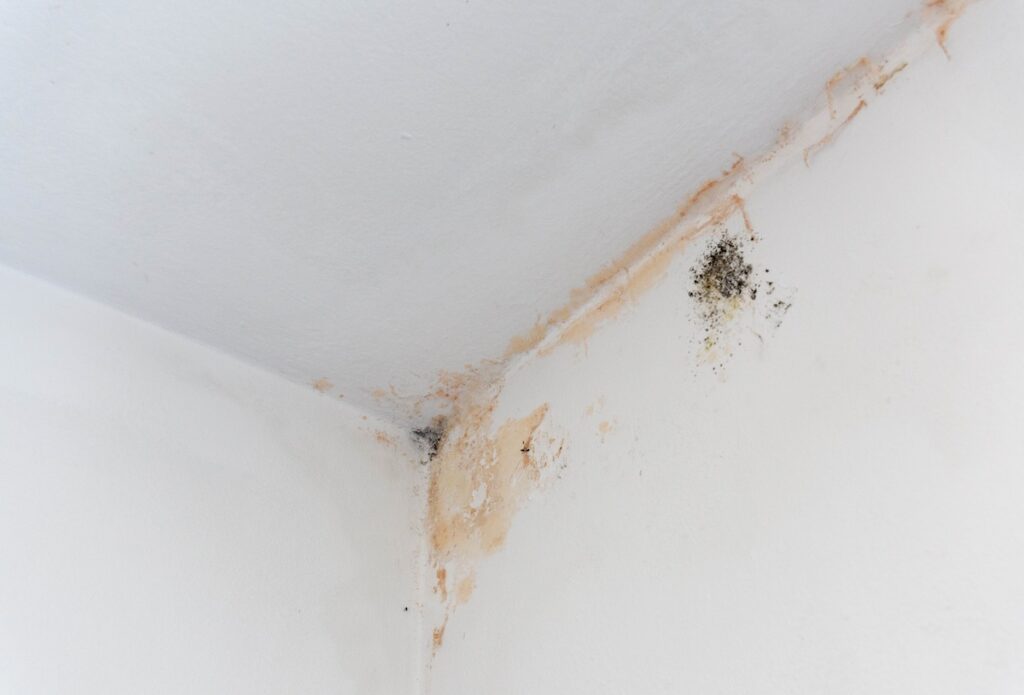
1. Stachybotrys Chartarum (Black Mould)
- Appearance: Slimy, black or greenish-black patches
- Location: Damp drywall, wood, insulation
- Hazards: Produces mycotoxins; linked to serious health issues
- Common Causes: Prolonged water damage, flooding
2. Aspergillus
- Appearance: White, yellow, green, or black with powdery texture
- Location: Walls, HVAC systems, damp building materials
- Hazards: Triggers allergic reactions and respiratory infections
3. Cladosporium
- Appearance: Dark green or black
- Location: Behind toilets, under sinks, wood, HVAC ducts
- Hazards: Asthma-like symptoms, skin irritation
4. Penicillium
- Appearance: Blue or green velvety texture
- Location: Water-damaged insulation, wallpaper, carpets
- Hazards: Allergy-like symptoms, worsens asthma
5. Alternaria
- Appearance: Dark green/brown fuzz
- Location: Bathrooms, under sinks, window frames
- Hazards: Common allergen, worsens respiratory conditions
How to Identify Mould in Your Calgary Home
Visual Signs:
- Discoloured patches on walls, ceilings, baseboards
- Water stains or bubbling paint
- Warped drywall
- Fuzzy or slimy textures
Odour:
- Persistent musty or earthy smell, especially in basements or attics
Hidden Mould Hotspots:
- Behind walls
- Under carpets or flooring
- Inside HVAC ducts
- Behind appliances or cabinets
- Inside crawl spaces and attics
If you suspect hidden mould, professional inspection with thermal imaging and moisture meters may be required.
DIY Mould Testing vs. Professional Inspection
DIY Test Kits (available at hardware stores):
- Use petri dishes or tape samples
- Not always reliable
- Don’t identify exact mould species or level of contamination
Professional Mould Inspection:
- Air sampling and surface testing
- Moisture readings and thermal imaging
- Lab identification of species
- Actionable remediation plans
For accurate results and a comprehensive report—especially if you’re selling, renovating, or insuring your property—a certified inspection is recommended.
When Mould Turns Into an Emergency
Mould is always urgent, but some scenarios qualify as an emergency requiring immediate professional attention:
- Recent flood or leak (within last 24–48 hours)
- Mould covering 10+ square feet
- Black mould presence
- Mould in HVAC system
- Mould found near children, elderly, or immune-compromised individuals
- Mould present with asbestos (do not disturb!)
In these cases, contact DKI Calgary immediately for emergency disaster restoration and mould remediation services.
The Mould Remediation Process: Step-by-Step
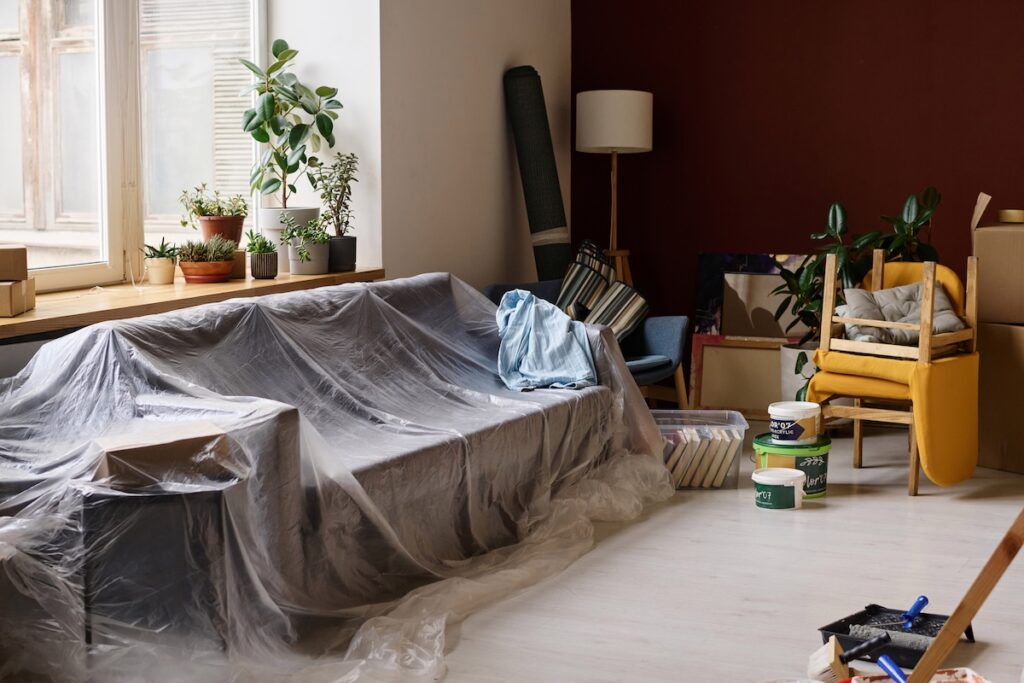
DKI Calgary follows IICRC S520 standards for mould remediation. Here’s what to expect:
Step 1: Inspection & Containment
- Full property assessment
- Identify moisture source (leak, humidity, flood)
- Seal off affected areas to prevent spore spread
- Set up negative air pressure machines and air scrubbers
Step 2: Safe Mould Removal
- Remove contaminated porous materials (drywall, insulation)
- Clean and disinfect non-porous surfaces with antimicrobial agents
- HEPA vacuum all surfaces
- Use foggers or ozone machines if necessary
Step 3: Drying & Dehumidification
- Industrial-grade dehumidifiers
- Air movers to dry structure thoroughly
- Moisture readings taken regularly to confirm dryness
Step 4: Restoration
- Reinstall drywall, insulation, flooring
- Paint and refinish surfaces
- Optional upgrades: waterproofing, basement sealing, ventilation
Dangers of Improper Mould Removal
Attempting to remove mould yourself—especially black mould or when asbestos is present—can be dangerous. Risks include:
- Inhaling spores during cleaning
- Spreading mould to clean areas
- Inadequate removal (mould returns)
- Disturbing asbestos-laced materials (very common in Calgary homes)
Professional remediation ensures the job is done safely, thoroughly, and in compliance with health and building codes.
How DKI Calgary Handles Mould & Asbestos Remediation
We offer comprehensive remediation services for Calgary homes, businesses, and multi-residential properties:
- IICRC-Certified Technicians
- Asbestos Testing and Abatement (Type 1, 2, and 3)
- Emergency Water Damage Cleanup
- Complete Property Restoration (contents, structure, finishes)
- Insurance-Approved Vendor
We coordinate directly with insurance adjusters and work swiftly to contain and eliminate the problem—whether caused by flood, fire, storm, or plumbing failure.
Tips to Prevent Mould Growth in Calgary’s Climate

- Control Humidity: Keep indoor levels below 50%
- Use Ventilation: Especially in kitchens, bathrooms, laundry rooms
- Repair Leaks: Roofs, pipes, windows, appliances
- Waterproof Basements: Install sump pumps or French drains
- Insulate Properly: Prevent condensation during Calgary’s cold snaps
- Dry Wet Areas Immediately: Water-damaged carpets, furniture, and drywall
- Clean Gutters: Prevent roof and wall leaks
- Use Dehumidifiers: In basements and crawlspaces
Why You Should Never Ignore Asbestos with Mould
Many homes and commercial buildings in Calgary built before the 1990s used asbestos-laced materials—especially drywall mud, ceiling texture, and insulation. When mould grows on these materials, removal becomes a double hazard.
Cutting, sanding, or disturbing asbestos-containing materials (ACMs) during DIY mould removal can release deadly airborne fibres. That’s why any suspected ACM must be tested and handled only by certified asbestos abatement professionals like DKI Calgary.
Frequently Asked Questions About Mould
Q: How long does mould remediation take?
A: Most projects take 3–7 days depending on size and severity.
Q: Does insurance cover mould remediation?
A: It depends on your policy and the cause. Water damage from a sudden event (like a burst pipe) is usually covered. Gradual leaks or poor maintenance often aren’t.
Q: Is it safe to stay in my home during remediation?
A: In minor cases, yes. For large infestations or toxic mould, temporary relocation may be advised.
Q: How do I know if the mould is gone?
A: Post-remediation testing confirms mould spore levels are back to normal.
Q: Can mould come back?
A: Yes, if moisture issues aren’t resolved. That’s why drying and prevention are key parts of DKI Calgary’s process.
Contact DKI Calgary for Professional Mould Remediation
If you suspect mould in your Calgary home or business, don’t wait. Call DKI Calgary for fast, certified remediation and restoration services. We handle everything—from inspection and containment to removal, drying, and full property restoration.
📍 Serving Calgary and surrounding areas
📞 24/7 Emergency Response
Conclusion: Protect Your Home and Health in 2025
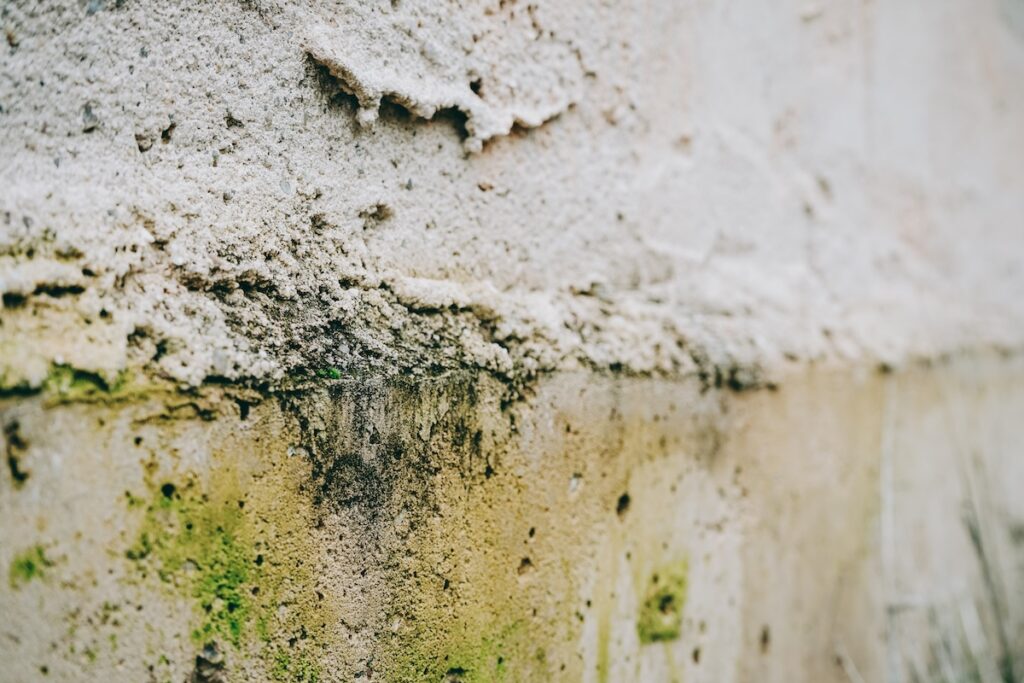
Mould doesn’t go away on its own. Whether it’s triggered by spring melt, summer humidity, or winter condensation, it spreads quickly and silently—damaging your property and threatening your health.
With the right knowledge, tools, and team, you can identify it early and remove it safely. Trust DKI Calgary, your local disaster restoration experts, to handle the entire remediation process with precision, professionalism, and care.
Don’t just clean it—restore it. Call us today for a free consultation or emergency response.
